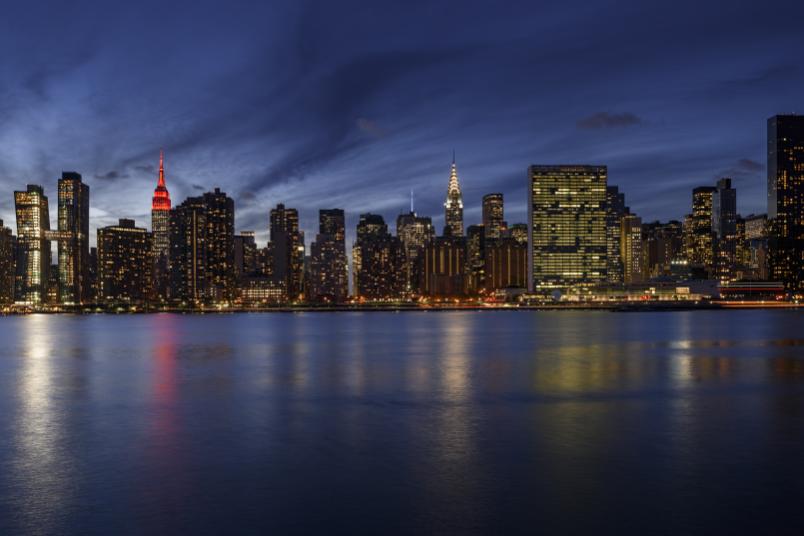
The American Experience Urban transformation
Buildings, streets and shops change over time – but so do people: their sense of identity, their urban perceptions and dreams.
The continuous change of urban spaces, the evolution of fictional images of US American cities, and the effects of these images and stories on urban transformation were the central research questions of the “Urban Transformations” project conducted by the Ruhr Center of American Studies. This Center facilitates collaboration between American Studies scholars from the universities in Bochum, Dortmund and Duisburg-Essen. Rubin, Bochum’s science magazine, describes the results of the project, which are collected in a volume published by Transcript in Bielefeld.
Underappreciated culture
Chinatowns, such as those in New York City and San Francisco, were used to study urban transformation processes. In her PhD thesis at Ruhr-Universität Bochum, Selma Siew Li Bidlingmaier analysed the diverse and controversial ways in which those places have been represented in literature. Historically speaking, Chinatowns were intended to be spaces of exclusion. City maps and regulations put great emphasis on the cultural otherness of those districts, as did many literary texts.
White authors promoted the myth of Chinatowns as places where the exotic orient could be experienced in the very heart of the United States. Consequently, they became spaces of amusement attracting outsiders. Bidlingmaier demonstrated that Chinatowns gave birth to their own distinctive culture that had been misrepresented by researchers for a long time. She drew the following conclusion: the many US Americans of Chinese descent who have long been living outside of Chinatowns, no longer consider their ancestors mere victims of white segregation, but see them as creators of their own unique culture deeply rooted in the Chinatowns.
Slaves in New York
Afro-American history in New York dates back hundreds of years. African slaves were the first ones to build and live in the central districts of the city. A long lost relict of that era was unearthed in 1991 during the construction of an office tower in Lower Manhattan: an African cemetery.
Together with many other New Yorkers with keen historical awareness, the Afro-American community made sure that the site was excavated prior to the construction of the building. A memorial was erected in a small corner of the premises that have remained undeveloped to date. This African Burial Ground National Museum, as well as other Afro-American memorials in New York, have been the research subjects Tazalika te Reh pursued in her doctorate at TU Dortmund University.
German-American immigration history
A PhD thesis at the University of Duisburg-Essen looked into the history of German migration to America. In 19th century New York City, the German community was firmly established and highly valued; this changed in the wake of the World Wars. In her thesis, Insa Neumann found, contradicting the widespread belief that German life in the US virtually disappeared after World War I, that Germans nevertheless succeeded, at least to a certain extent, in maintaining their identity as Americans of German descent. She identified public, semi-public and non-public events through which they kept their German ethnic life alive and contributed to the increasing diversity as well as to socially and economically motivated transformations in New York City.